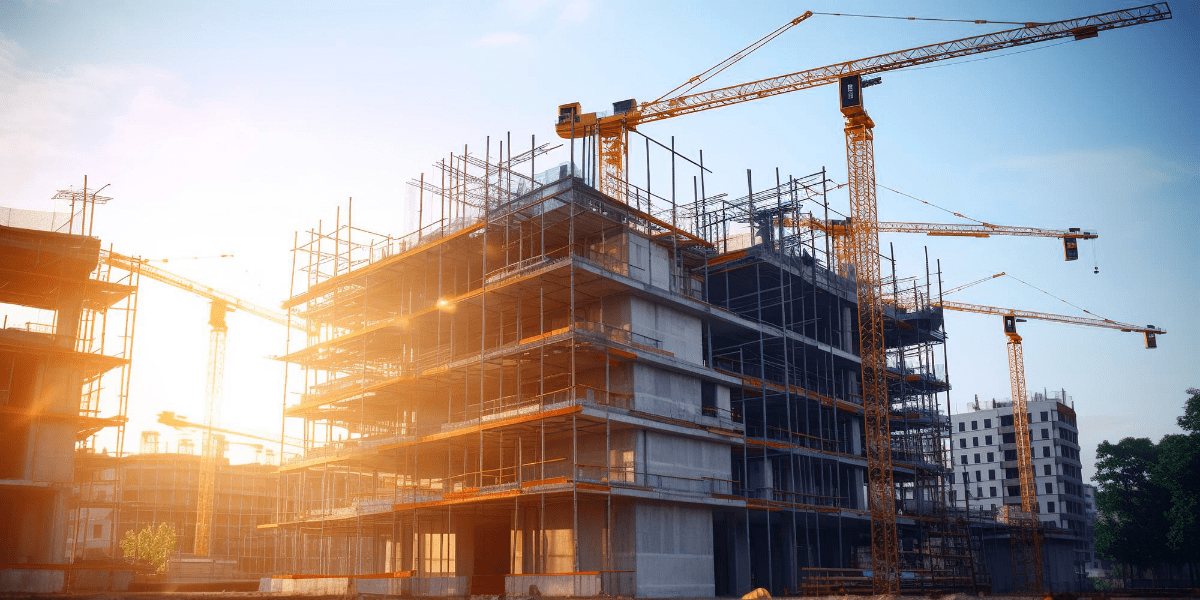Navigating the Heights: Construction Management of Skyscrapers

In the ever-evolving skyline of modern cities, skyscrapers stand as symbols of architectural innovation and engineering prowess. Behind their towering facades lies a complex web of planning, coordination, and management. Let’s delve into the intricacies of construction management in the realm of skyscraper development.
1. Pre-Construction Phase: Blueprint to Reality
In the ever-evolving skyline of modern cities, skyscrapers stand as symbols of architectural innovation and engineering prowess. Behind their towering facades lies a complex web of planning, coordination, and management. Let’s delve into the intricacies of construction management in the realm of skyscraper development.
2. Project Management: Orchestrating the Symphony
Managing a skyscraper project requires impeccable coordination among various stakeholders, including contractors, subcontractors, suppliers, and regulatory authorities. A robust project management system, often utilizing specialized software, helps track progress, manage budgets, and mitigate risks.
3. Construction Techniques: Reaching for the Sky
Skyscraper construction demands innovative techniques to overcome challenges such as wind resistance, foundation stability, and material transportation. Advanced methodologies like prefabrication, slip forming, and top-down construction streamline the process and enhance efficiency.
4. Safety First: Ensuring Worker Well-being
Safety is paramount in skyscraper construction due to the inherent risks associated with working at great heights. Comprehensive safety protocols, regular inspections, and stringent adherence to regulations safeguard the well-being of workers and minimize accidents.
5. Environmental Considerations: Sustainable Skyscrapers
With sustainability becoming a focal point in construction, skyscrapers are increasingly designed with eco-friendly features. Incorporating energy-efficient systems, green roofs, and recycled materials not only reduces environmental impact but also enhances long-term viability and operational efficiency.
6. Community Engagement: Building Bridges Beyond Steel and Concrete
Skyscraper projects often impact surrounding communities. Engaging stakeholders through transparent communication, addressing concerns, and providing benefits such as public spaces or infrastructure upgrades fosters positive relationships and promotes urban integration.
7. Post-Construction: Beyond Completion
Even after the skyscraper reaches its pinnacle, the work continues. Ongoing maintenance, periodic inspections, and retrofitting ensure the building remains safe, functional, and visually appealing for years to come. Additionally, adaptive reuse strategies may be employed to repurpose aging skyscrapers for contemporary needs.
8. Challenges and Future Prospects: Reaching New Heights
Despite advancements in construction technology, challenges persist, including cost overruns, schedule delays, and regulatory hurdles. However, with ongoing innovation in materials, techniques, and sustainability practices, the future of skyscraper construction remains promising, paving the way for even taller, greener, and more resilient structures.
In conclusion, the construction management of skyscrapers is a multifaceted endeavor that requires foresight, expertise, and collaboration. From the initial planning stages to post-construction maintenance, every phase plays a vital role in shaping the skyline and urban landscape. As cities continue to grow vertically, the management of skyscraper projects will continue to evolve, setting new standards of excellence in construction and engineering.
In conclusion, the construction management of skyscrapers is a multifaceted endeavor that requires foresight, expertise, and collaboration. From the initial planning stages to post-construction maintenance, every phase plays a vital role in shaping the skyline and urban landscape. As cities continue to grow vertically, the management of skyscraper projects will continue to evolve, setting new standards of excellence in construction and engineering.